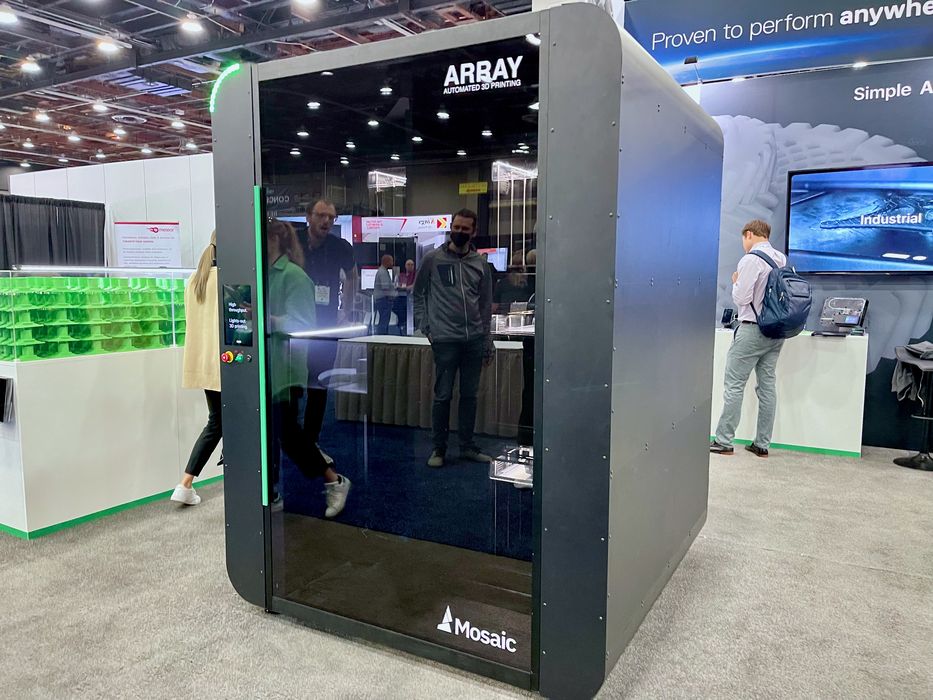
Mosaic Manufacturing is on their way to a much bigger future.
The Toronto-based company is most well-known for their development of the “Palette” system for multicolor 3D printing. Unlike every other multicolor system that switches filaments one way or another, the Palette technology literally splices together a custom multicolor filament on the fly. The color segments precisely match the amount of material required for each color change. This approach allows multicolor 3D printing to occur on any single FFF extruder machine.
The Palette’s many versions have been reasonably successful, but there’s one problem: the market for multicolor 3D printing is just not that large.
In fact, when you look at the number of 3D printers that can produce multicolor prints, you’ll quickly realize there just aren’t that many available.
There is a reason for this: not many people and businesses require multicolor prints. That’s why so few 3D print companies attempted to provide the capability in their hardware.
Mosaic Manufacturing must have realized this long ago, because in 2021 the company suddenly announced two new hardware products: the Element 3D printer and the Mosaic Array.
These were quite an advance on the Palette: an entire system and farm concept, far beyond the accessory they originally produced.
I had a long discussion with them about the Array and how it works later in 2021.
While a concept and prototype last year, now it’s for real, and I’ve seen it with my own eyes.
Mosaic Manufacturing is targeting the Array at manufacturers that wish to implement a specific application, or those that want to centralize their production operations.
For example, say a manufacturer is producing 1000 PETG parts across 50 machines in different locations. Each location would have operators, spare parts, materials, etc., and thus there are some inefficiencies. By installing a small farm of Array systems, it might be possible to significantly reduce the number of printers and concentrate all operational activity to save costs and improve throughput.
That’s the plan for Mosaic Manufacturing, and I think they are on to something here: there are a large number of companies doing low volume manufacturing that could stand a dose of efficiency.
Mosaic Manufacturing’s approach is to work directly with each manufacturer to determine the most optimal configuration of both machines and materials to achieve their goals.
They’re doing this now, first in their local Toronto area, but then they intend on scaling up by taking on clients from other regions.
I have a suspicion before too long their Array and 3D printer business will greatly exceed their Palette business.
